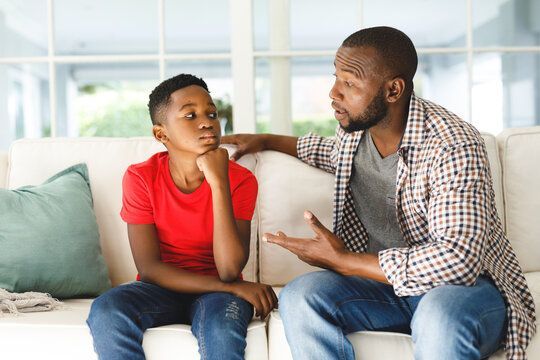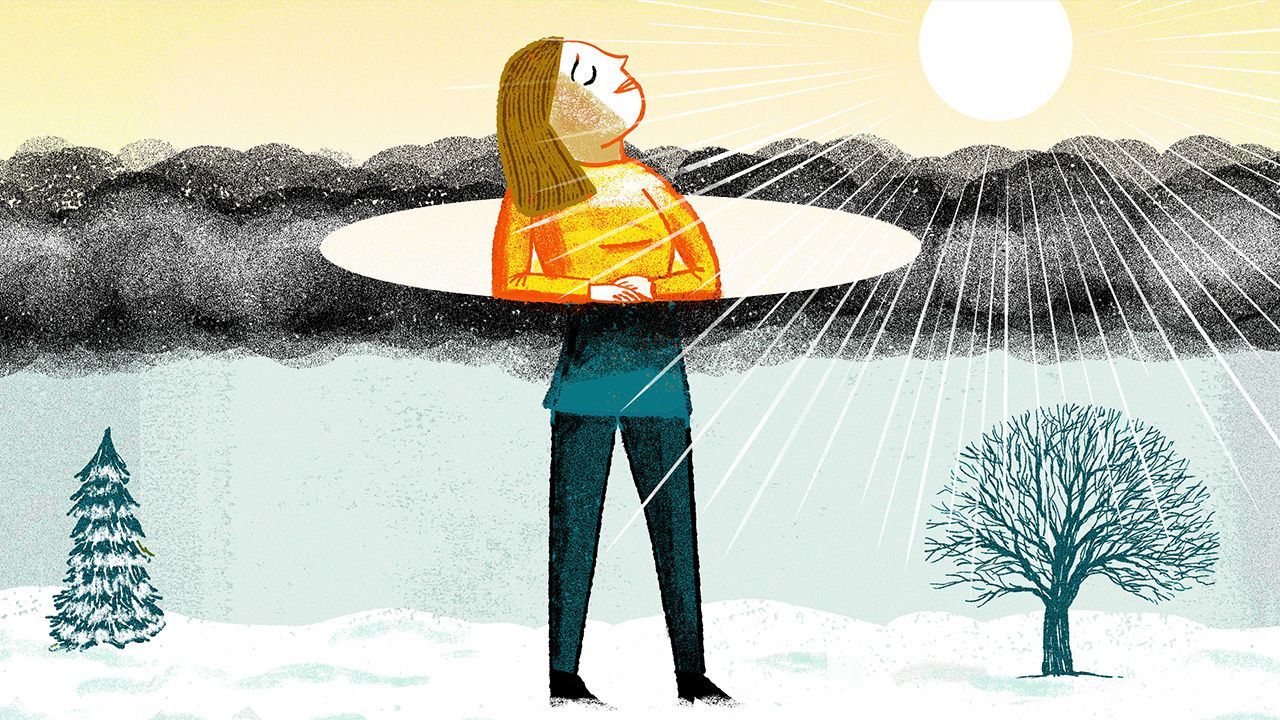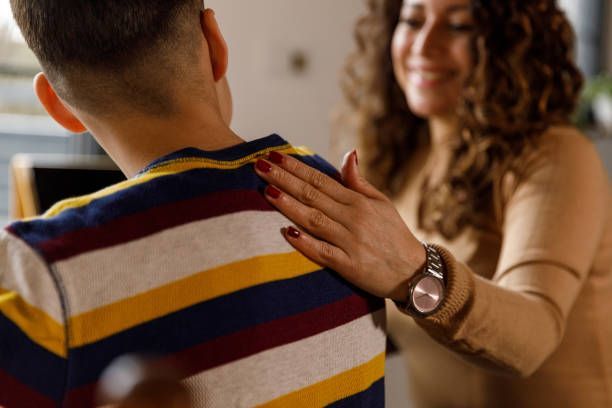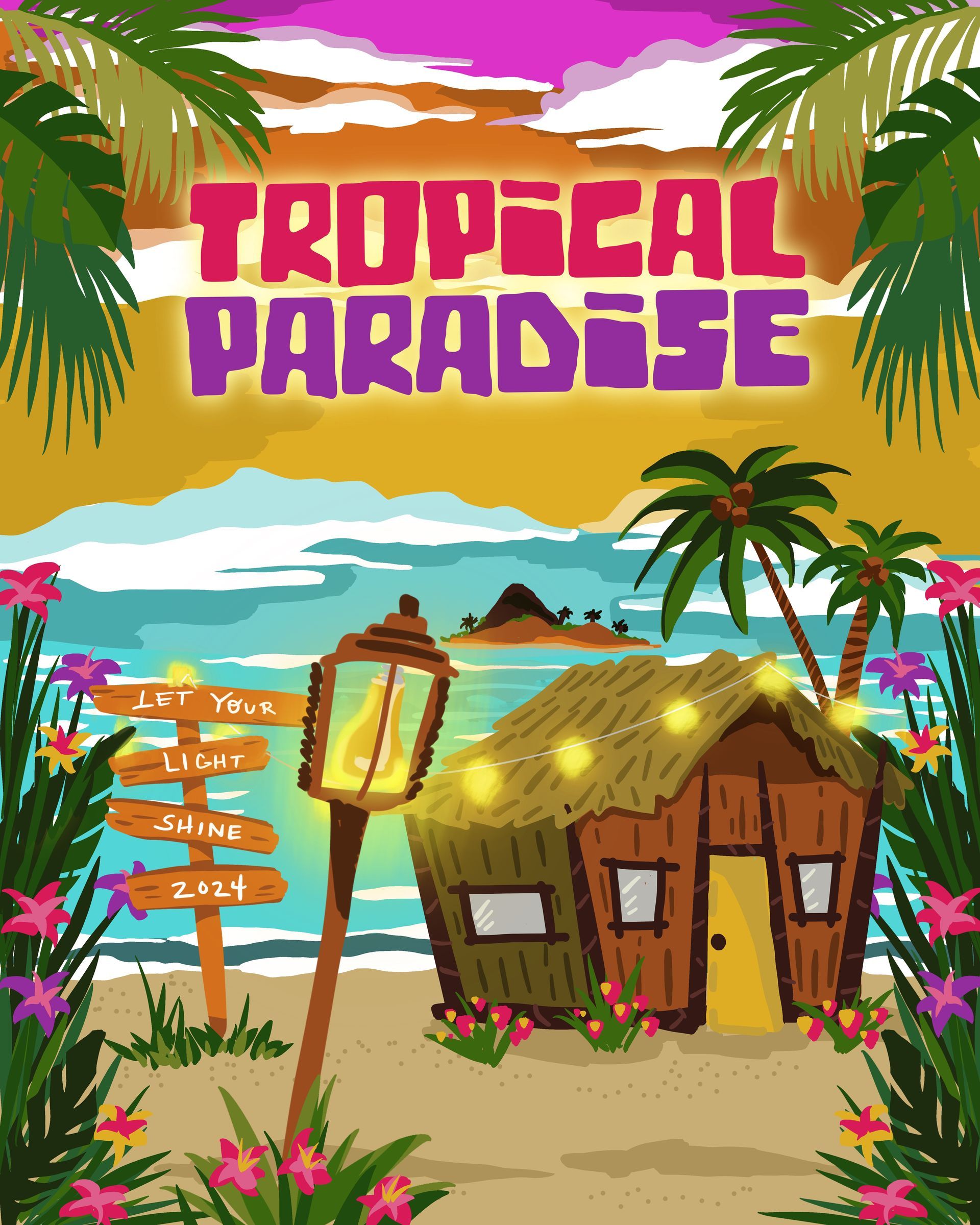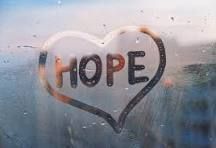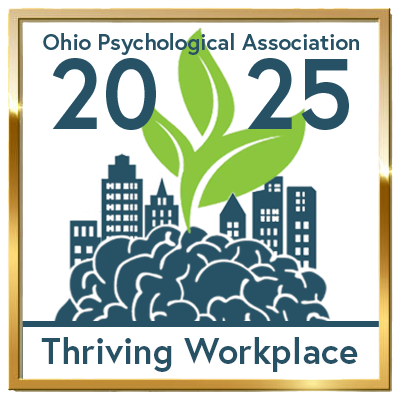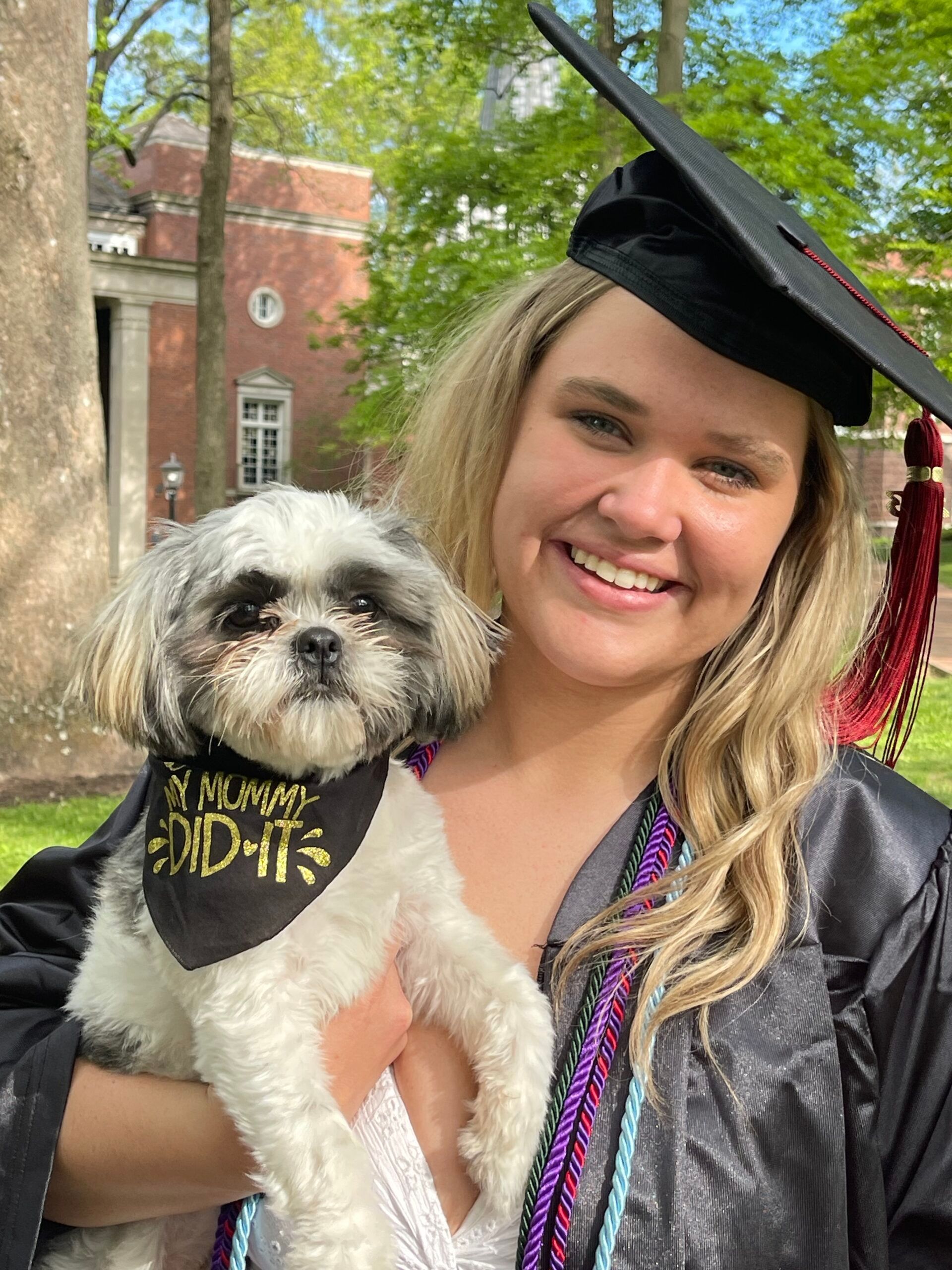
When I arrived on campus, I tried to immerse myself in college culture. I joined a sorority, the speech and debate team, and two other clubs which were extensive time commitments, factoring in no time to relax or focus on bettering my mental health. This lack of attention to my mentality, combined with my low self-esteem that prevented me from making friends led me down a dark hole in which some days I thought it would be better if I wasn’t here.
About four weeks into school (at Ohio University), I realized that I had to do something, as I knew it was not safe for me to continue down the road I had been on. From there I moved home and attended an inpatient treatment center where I worked with counselors for five hours a day, learning coping skills and other ways in which I could help mend my suffering mental health. Through the lessons I learned I was able to get the skill set and help I needed and returned to school three weeks later.
Even though this therapy was the help I needed at the time, like everyone else, I still struggle. The difference is now I have a better understanding of the things that keep me from finding myself in that dark place again. I continue to use coping skills such as focusing on my breathing through grounding techniques as well as practicing meditation daily. I truly believe that without these skills I learned through my therapy, I wouldn’t have walked across the stage to accept my diploma a couple of months ago.
I sometimes wish that I knew about a place like Child and Adolescent Behavioral Health when I was younger because I believe that could’ve given me those mental health skills that I so desperately needed earlier on in life.


Today, I look back at my four years of college and smile. These were not the best years of my life because I was constantly having fun. College was the best years of my life because it taught me how to get through hardships and the lessons I have learned through my education, my therapy and from living on campus made me realize what kind of person I wanted to be in the world after college. So, if anyone going into college ever asks me what to expect out of their experience, I will say that they should expect to learn something new about themselves every day and that through that journey, they may discover why many people proclaim college as the best years of their lives.
Savannah Okray graduated from Ohio University in May, 2023. She is a summer intern in the Mission Advancement office at Child and Adolescent Behavioral Health.
RECENT POSTS
